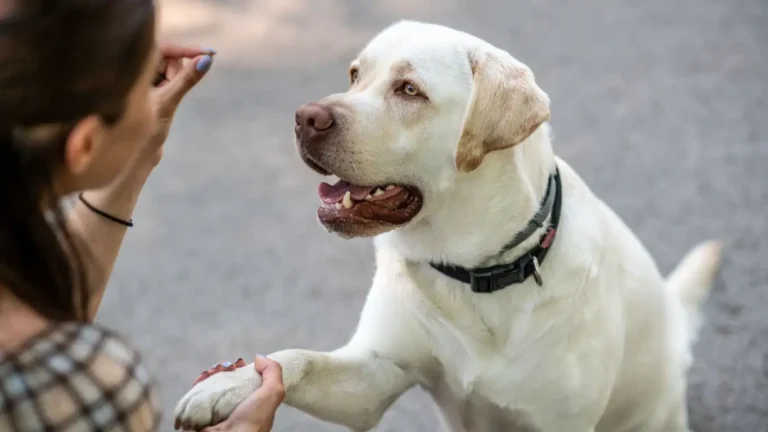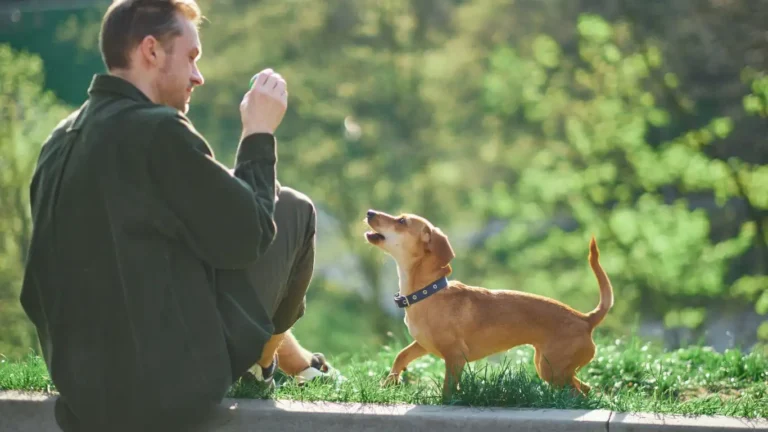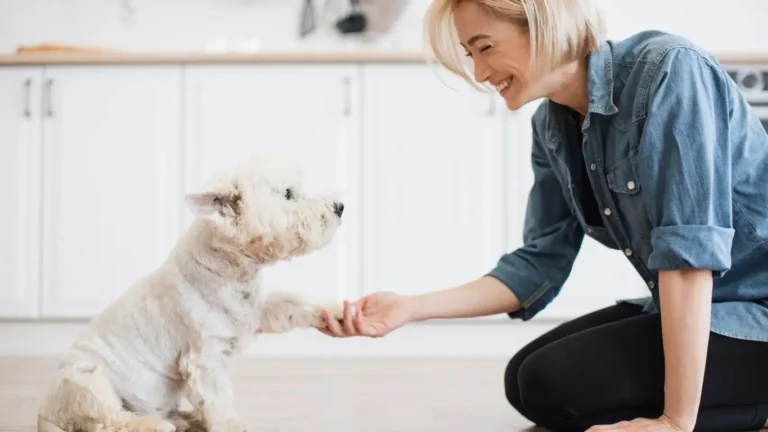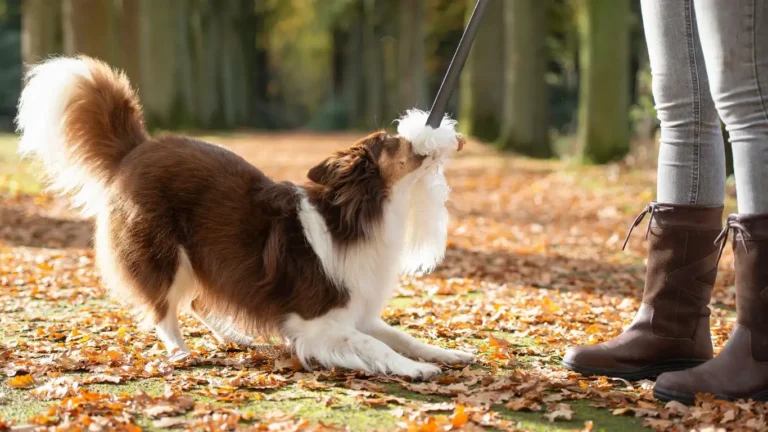Train Your Dog to Respond to Hand Signals Like a Pro
Ever wondered how to train a dog to respond well to hand signals? If you’re anything like me—knee-deep in the dog hair and loving every minute of it—you already know that dogs don’t always need words to understand us. In fact, many of the therapy dogs I’ve trained over the years actually respond better to hand cues than verbal commands. It’s like learning to dance with your dog—no barking needed, just a glance and a gesture. But getting there takes patience, timing, and a little know-how, which I’m super excited to share with you in this guide.
Why Teach Hand Signals? The Magic of Silent Communication
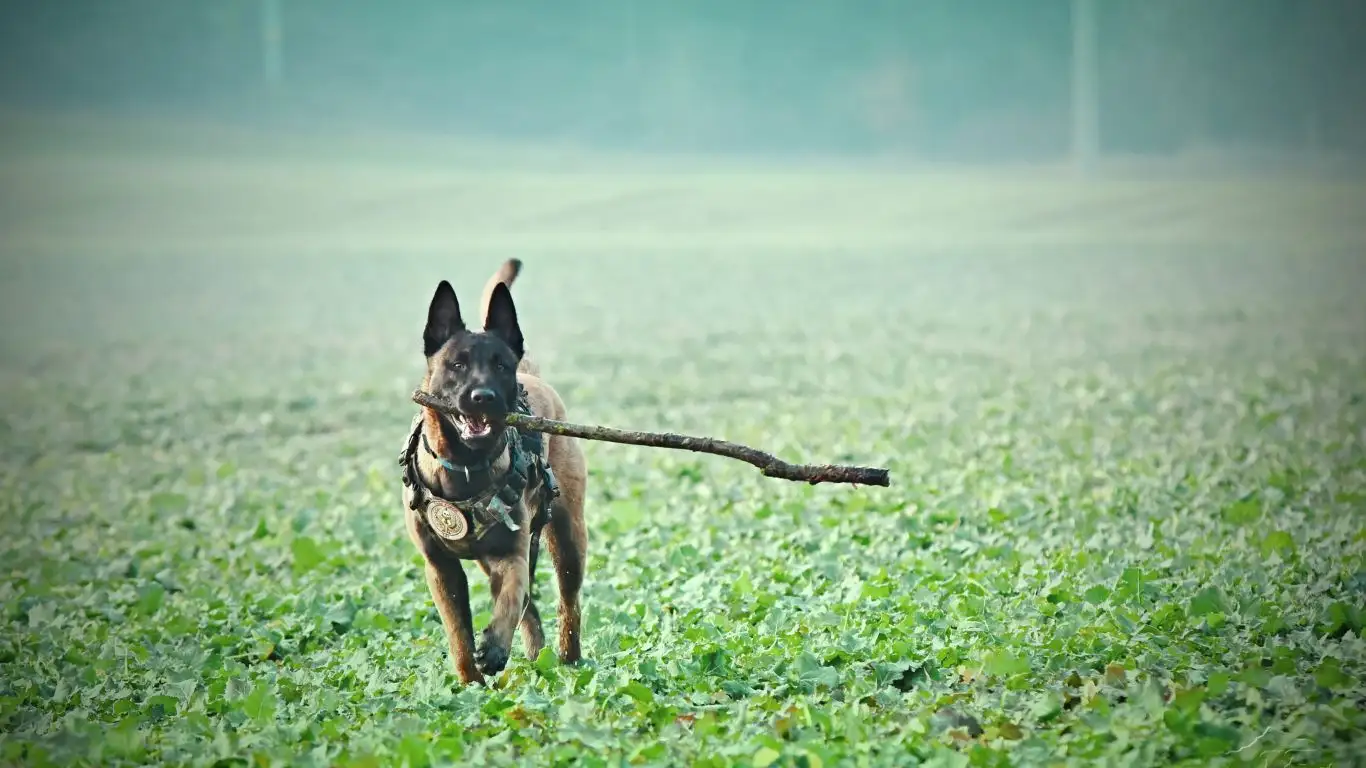
Before we dive into the nitty-gritty of training, let’s chat about why hand signals matter. Hand cues are not just a fun trick to show off at the park (though, hey, it’s a great conversation starter). They can actually make a huge difference in real-world scenarios:
- Therapy Settings: In environments like hospitals or schools, silence is golden. Hand signals let your dog respond without a sound.
- Dogs with Hearing Loss: I’ve worked with several older pups who lost their hearing, and switching to visual cues gave them a second wind in training.
- Distance Commands: When your dog is 20 feet away across a busy dog park, yelling “Sit!” might not cut it—but raising your hand in a familiar signal just might.
From a trainer’s perspective, teaching a dog to respond to hand signals builds stronger engagement. They’re watching you more closely, tuning in not just to your voice but your body language. And as a therapy trainer, I’ll tell you—dogs that can read subtle gestures often form deeper bonds with people, especially those with special needs.
The Foundation: Before You Introduce Hand Signals

Build a Solid Relationship First
You know how dogs can just tell when someone’s got good vibes? That connection is where everything starts. Training isn’t just about behavior—it’s about trust. Your dog needs to feel safe, interested, and motivated to work with you. And let me tell you, there’s no fast-forward button on relationship-building.
- Start with play. Make training part of the fun, not a chore.
- Use positive reinforcement. Treats, toys, affection—whatever makes your dog light up.
- Keep sessions short and sweet. Burnout is real for dogs too.
With my therapy trainees, I always begin with bonding. We play a little fetch, explore new textures with their paws, or just sit together while I pet them. That foundation makes everything else way easier.
Choose the Right Environment
Distraction is the enemy of learning. Find a quiet, safe space to begin—your living room, backyard, or even a hallway can work great. I recommend starting with zero distractions, then slowly increasing the difficulty as your dog starts nailing those cues.
How to Train a Dog to Respond Well to Hand Signals: Step-by-Step Basics
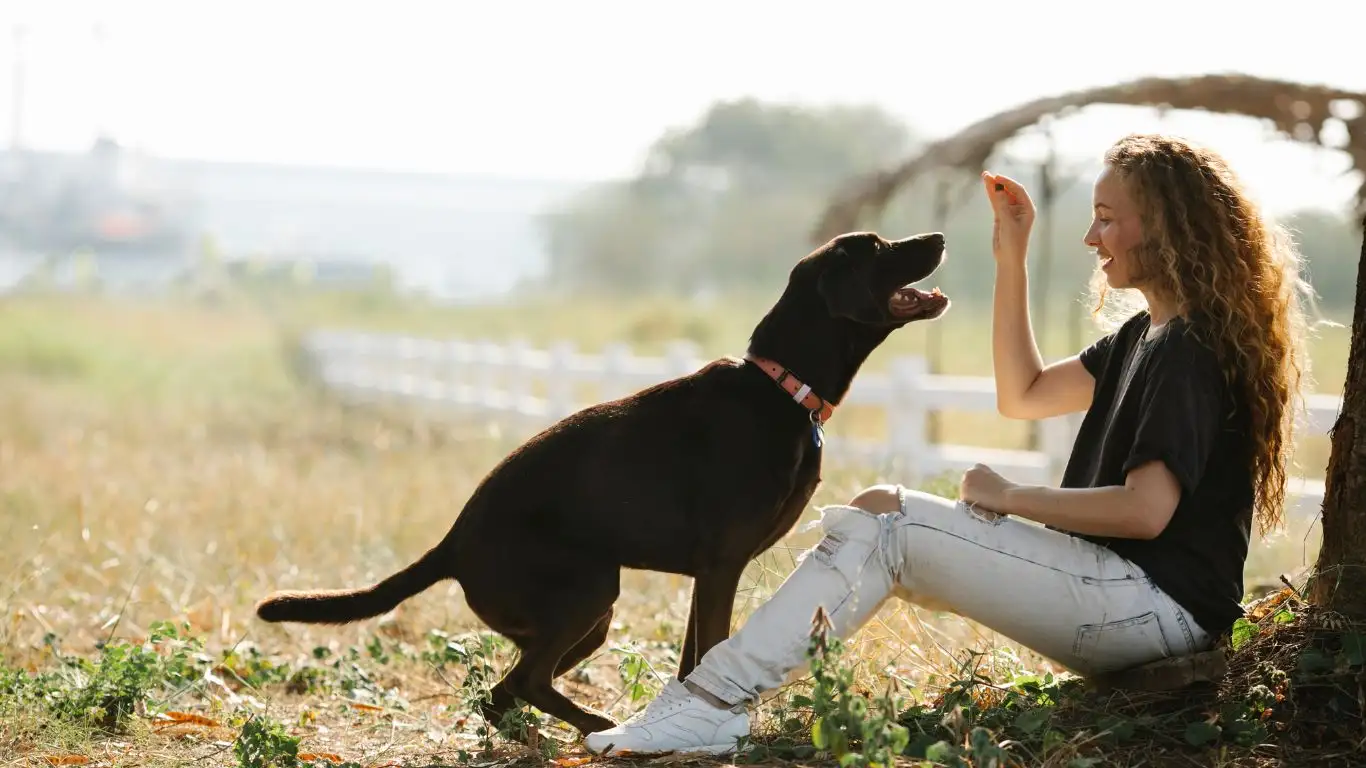
Pick One Command at a Time
Trying to teach too many things at once is a recipe for confusion—trust me, I’ve been there. Start with one basic behavior your dog already knows verbally, like “Sit” or “Down”. We’re not reinventing the wheel here—we’re just pairing that wheel with a hand motion.
Pair the Hand Signal with the Verbal Cue
Here’s how I typically structure it:
- Say the cue (“Sit”), while simultaneously doing your chosen hand motion.
- As soon as your dog performs the behavior, reward them like they just won a Grammy—treats, praise, whatever works.
- Repeat, repeat, repeat. Consistency is key.
After a few days (or weeks—it depends on the dog), start fading the verbal cue. Just give the hand signal, and if your pup nails it? Jackpot! That’s progress. I had a Golden Retriever named Sam who picked up the “Down” signal in three days flat—he was a total rockstar.
Make Signals Clear and Consistent
Dogs aren’t mind-readers (although sometimes it sure feels like they are). Use distinct, repeatable hand movements—don’t change it up or get too subtle too soon. Here are a few ideas to get you started:
- Sit: Palm up, move hand upward from your waist.
- Down: Palm down, sweeping motion toward the floor.
- Stay: Flat hand held out like a “stop” sign.
I always recommend practicing in front of a mirror, too. You’d be surprised how much your body language says without meaning to. Make sure what you’re signaling is what you think you’re signaling.
Common Mistakes to Avoid When Training Hand Signals

Okay, so we’ve covered how to get started and what kind of signals to use, but let me tell you—there are a few bumps in the road that almost every dog owner hits. I’ve hit ’em too, especially early on. And don’t worry, none of these are deal-breakers, but knowing what to watch out for can save you and your pup a ton of confusion.
Switching Signals Midway
This one’s big. Dogs thrive on consistency. If you start teaching “Sit” with a palm-up motion, don’t suddenly switch to pointing down. Your dog isn’t being stubborn—they’re just like, “Uh, that’s new… am I still supposed to sit?” Stick to one signal per command, and make sure everyone in your household is using the same gestures.
Going Too Fast
It’s super tempting to rush the process, especially when your dog starts getting the hang of it. But don’t skip steps. One of my clients, a spunky little Border Collie named Luna, started picking up signals so fast that her handler jumped to off-leash work by week two. Guess what? Luna got confused and started guessing commands. We had to backtrack and rebuild her confidence. So yeah—slow and steady wins here.
Not Practicing in Different Contexts
Dogs don’t automatically generalize behavior. Just because your pup nails the “Stay” signal in the kitchen doesn’t mean they’ll do it at the park, with squirrels darting around. Practice in different rooms, times of day, and environments. This is a core principle I always apply with therapy dogs—we make sure their training holds up under various real-life conditions.
Using Hand Signals in Real-Life Scenarios
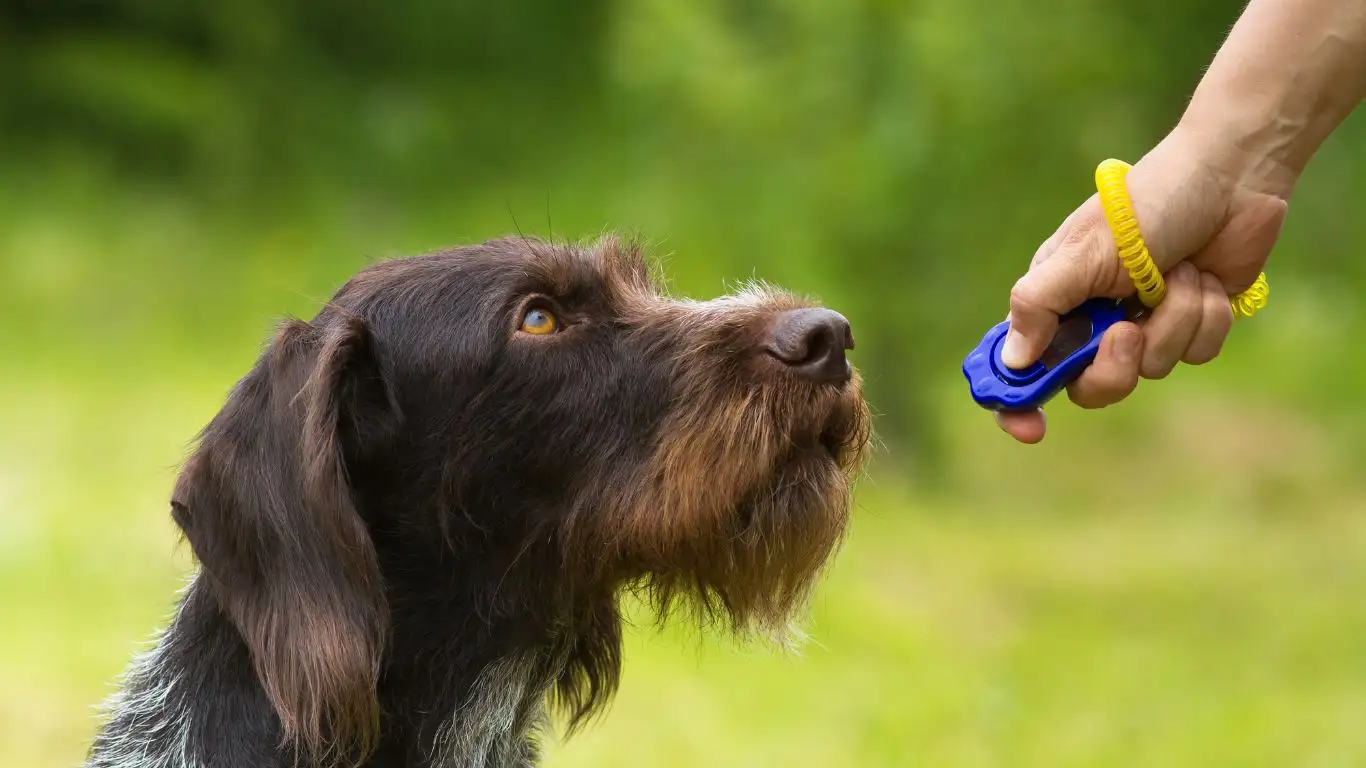
Now that your dog is getting comfy with hand signals, it’s time to put that skillset to work outside the living room. This is where things start to get exciting! From therapy visits to noisy city walks, having non-verbal communication opens up a whole new level of teamwork between you and your dog.
In Therapy and Assistance Settings
In my line of work, hand signals aren’t just convenient—they’re often essential. I once worked with a Golden named Milo who visited pediatric cancer units. Sometimes kids couldn’t speak or were non-verbal, but when they raised a hand and Milo responded with a perfect “sit” or “high five,” their eyes lit up. That silent bond? Pure magic.
In settings like hospitals or classrooms, using hand cues helps maintain a peaceful environment. No loud commands, no distractions. Your dog becomes more in tune with subtle body language, which is perfect for working around sensitive individuals.
Outdoors and Off-Leash
This is one of my favorite use-cases. Imagine being able to guide your dog from a distance without yelling. During hikes or off-leash playtime, hand signals are golden. I usually reinforce basic ones like “Come”, “Stay”, and “Leave it” with large, visible gestures.
Just last month, I was working with a Labradoodle named Cooper at a local trail. He had a strong recall on leash but off-leash? Total goofball. Once we introduced a big, sweeping arm motion for “Come”, paired with super yummy liver treats, he was returning like a boomerang. It took about two weeks of reinforcement, but now he’s rock solid—even with other dogs around.
Advancing Your Dog’s Hand Signal Vocabulary

Stacking Behaviors
Once your dog is solid with the basics, you can start combining commands or teaching more complex sequences. I call this “stacking behaviors,” and it’s a great way to keep your dog mentally stimulated. For example:
- Signal for “Sit”, followed by “Stay” and then “Come.”
- Or a more fun combo like “Spin”, “Down”, and “Paw.”
Therapy dogs often learn to perform little “routines” for patients, especially in memory care or pediatric units. It turns into a joyful, engaging performance that lifts everyone’s mood—especially the dog’s!
Custom Signals Based on Needs
There’s no rulebook that says your signals have to look a certain way. I often customize gestures based on the handler’s mobility or communication style. One of my clients uses a mobility aid and couldn’t lift her arm fully, so we modified all her signals to be done at waist-level. Her pup learned just as quickly, and their connection was beautiful to watch.
So feel free to get creative, especially if you’re working with specific populations or physical limitations. The key is always clarity and consistency.
Incorporating Signals Into Play and Enrichment
This part is just plain fun. Teaching hand cues doesn’t have to be serious all the time. Mix it into games like fetch or hide-and-seek. Try using a hand signal for “Find it” and hide treats around the yard. I do this all the time with therapy dog candidates to boost their confidence and problem-solving skills. They absolutely love it—and it strengthens that communication loop even more.
What If It’s Not Clicking? Troubleshooting Hand Signal Training
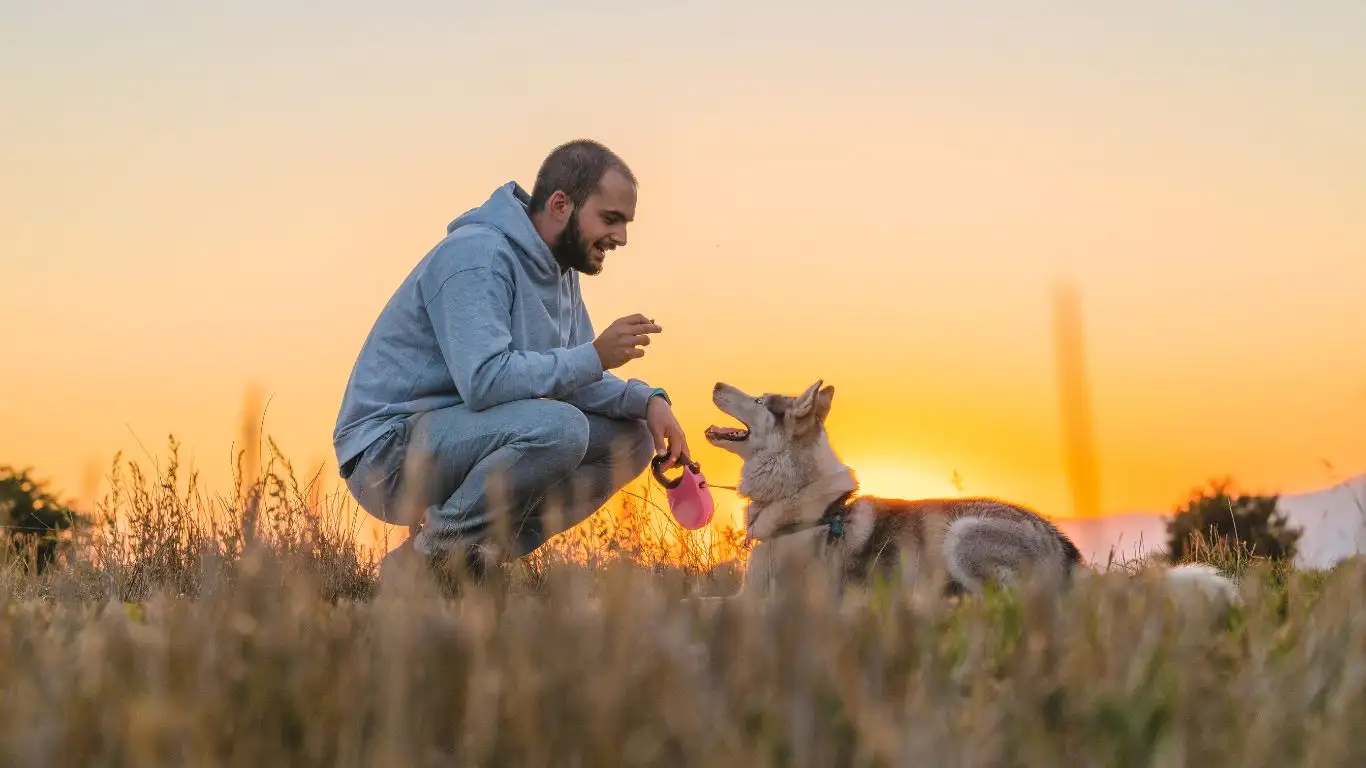
Okay, so you’ve been practicing, staying consistent, offering high-value treats… but your dog’s still giving you that blank stare like, “What does that hand thing even mean?” Don’t worry—you’re not alone. I’ve had seasoned handlers call me up in full-blown frustration mode because their dog just wasn’t catching on. Let’s talk through some common hang-ups and how to work past them.
Your Dog Is Distracted
This is probably the most common issue I see, especially with younger dogs or those newer to training. If your dog is too focused on the squirrel outside, the sound of a doorbell, or just full of energy, no hand signal in the world is going to get through. My go-to fix? Get those zoomies out with a little playtime before training. Even five minutes of tug or fetch can reset their brain.
The Signal Isn’t Clear Enough
This one’s sneakier. What seems obvious to us might not be obvious to our dogs. If your movements are too fast, too small, or inconsistent, your dog may not realize what they’re supposed to respond to. I had a session with a Great Dane named Willow, whose owner was signaling “Down” by quickly flicking her hand toward the ground. To us? Makes sense. To Willow? Looked like a fly swat. Once we slowed it down and exaggerated the movement, boom—lightbulb moment.
Over-Reliance on Treats
I love positive reinforcement, but it’s easy to fall into the trap of using treats as a crutch. If your dog will only obey when there’s a snack in sight, it might be time to mix in some praise or toy rewards. Eventually, we want them to respond because they understand the cue—not because they see a biscuit in your pocket.
Maintaining and Strengthening Your Dog’s Hand Signal Skills Over Time
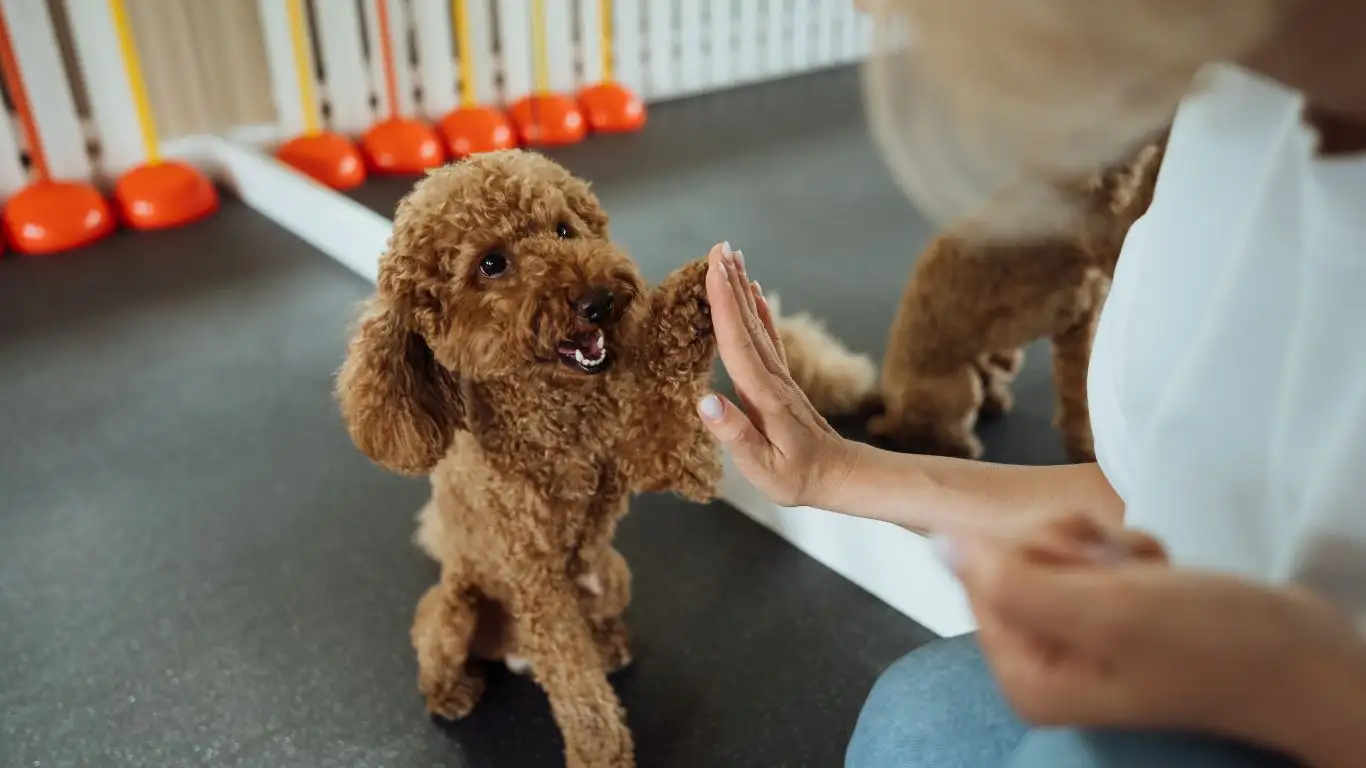
Training doesn’t end when your dog learns the basics. Just like we have to stay mentally sharp with new hobbies or skills, dogs benefit from regular refreshers and added challenges. Plus, let’s be honest—it keeps things fun for both of you.
Reinforce Randomly
Once your dog knows a signal well, start using it in everyday situations. Ask for a “Sit” before meals or a “Stay” before walks. And reward unpredictably—sometimes with food, sometimes with affection, sometimes with a game of tug. This keeps them engaged and avoids dependency on treats.
Test in New Environments
Challenge your dog’s skills by switching up the setting. Try the same commands at the park, in a friend’s backyard, or even while you’re seated. When I work with therapy dogs-in-training, we regularly rotate locations. One week it’s a quiet classroom, the next week it’s a busy hallway with distractions galore. It builds resilience and adaptability—key traits in a working or companion dog.
Teach Something New Every Month
Even if your dog has a rock-solid repertoire, tossing in a fresh command now and then keeps things spicy. One of my favorite tricks to teach via hand signal? “Back up.” It’s useful when navigating tight spaces, and dogs love the challenge. Plus, it looks super impressive when done smoothly. Trust me—your pup wants to keep learning, so keep feeding that curiosity.
Helpful Resources for Hand Signal Training
- American Kennel Club (AKC) – Great for understanding breed tendencies and training tips.
- PetMD – Solid source for health-related considerations during training.
- National Institutes of Health (NIH) – Useful if you’re exploring the science of animal behavior and therapy applications.
- Health.com – Some surprisingly useful articles on the mental health benefits of dog-assisted therapies.
While the hands-on (pun intended) training is where the magic happens, it never hurts to back it all up with research and expert-backed data. I’m a big believer in staying informed, especially when working in therapy environments where precision and behavior predictability matter.
Final Thoughts: The Trust Behind the Training
If I’ve learned anything from training dozens of therapy dogs and working with all kinds of breeds and people, it’s this: hand signal training isn’t about control—it’s about connection. You’re teaching your dog to watch you, to trust you, to tune in. That’s something pretty special, right?
Whether you’re training a brand-new pup or refining skills with your seasoned sidekick, remember that every small moment of progress is a win. Celebrate it. Keep it light, keep it loving, and don’t sweat the setbacks. I’ve had dogs take weeks to learn a signal, and others pick it up in two days. Every dog is on their own timeline, just like us humans.
At the end of the day, teaching a dog to respond well to hand signals is about more than commands—it’s about shared language. And once you’ve got that, you’ve got something no one else can see but both of you can feel.
Disclaimer
This article is for informational purposes only and is based on personal experience as a Canine-Assisted Therapy Trainer. It should not be used as a substitute for professional veterinary advice or individualized behavior consultation. Always consult with a qualified trainer or veterinarian for specific concerns related to your dog’s health or behavior.

